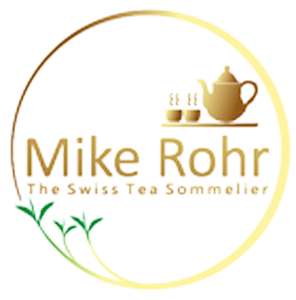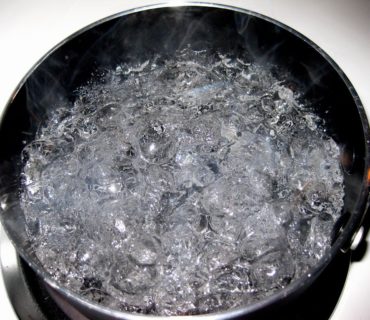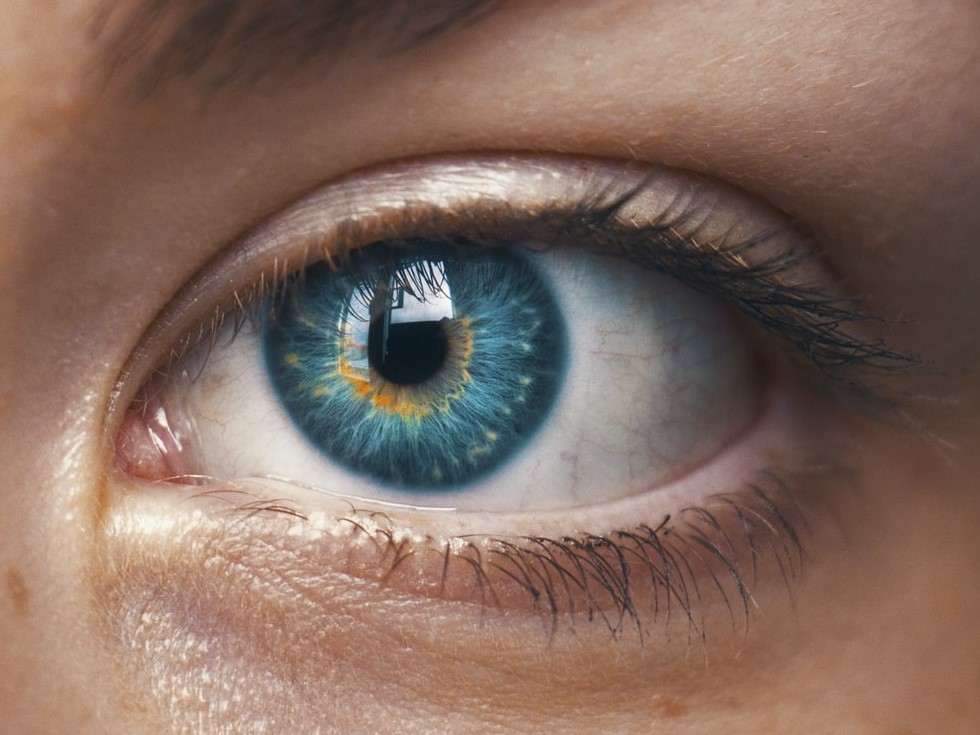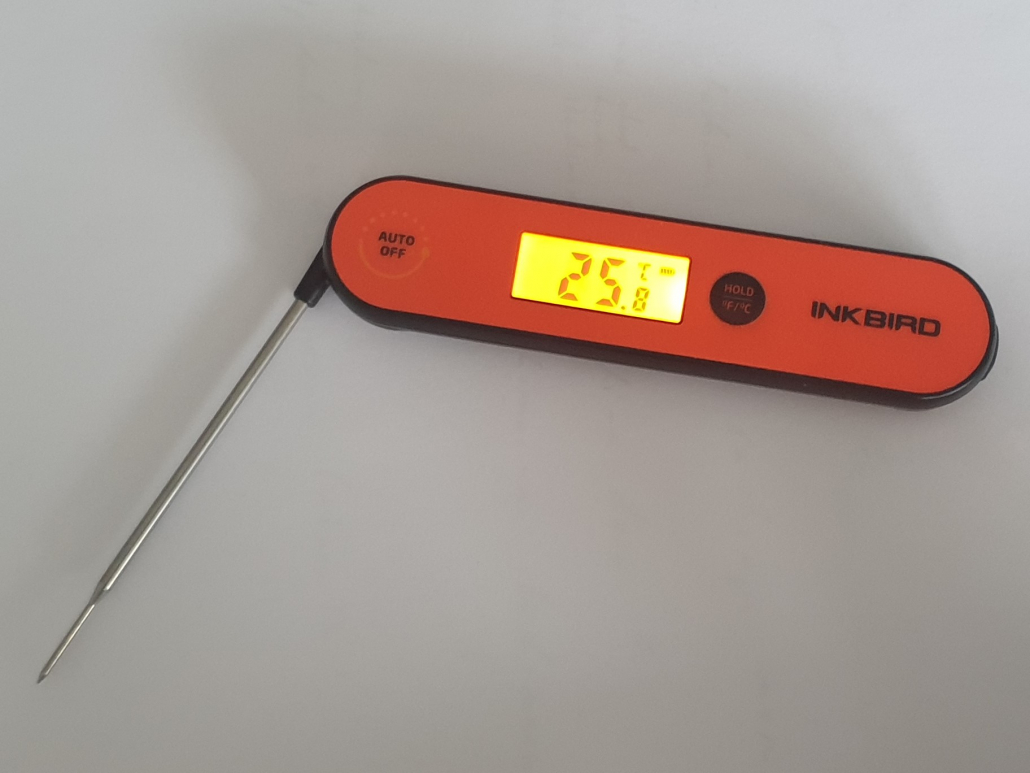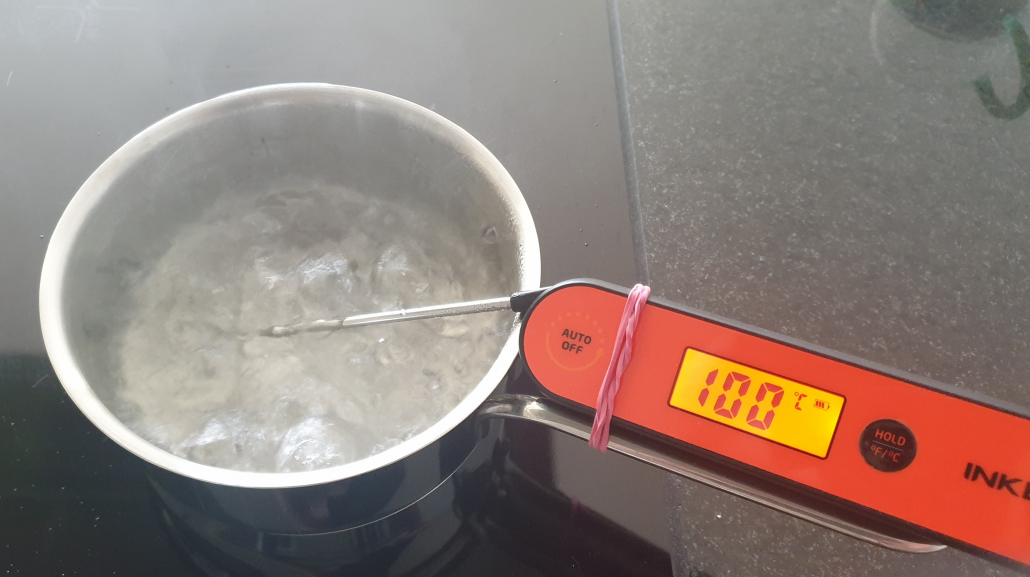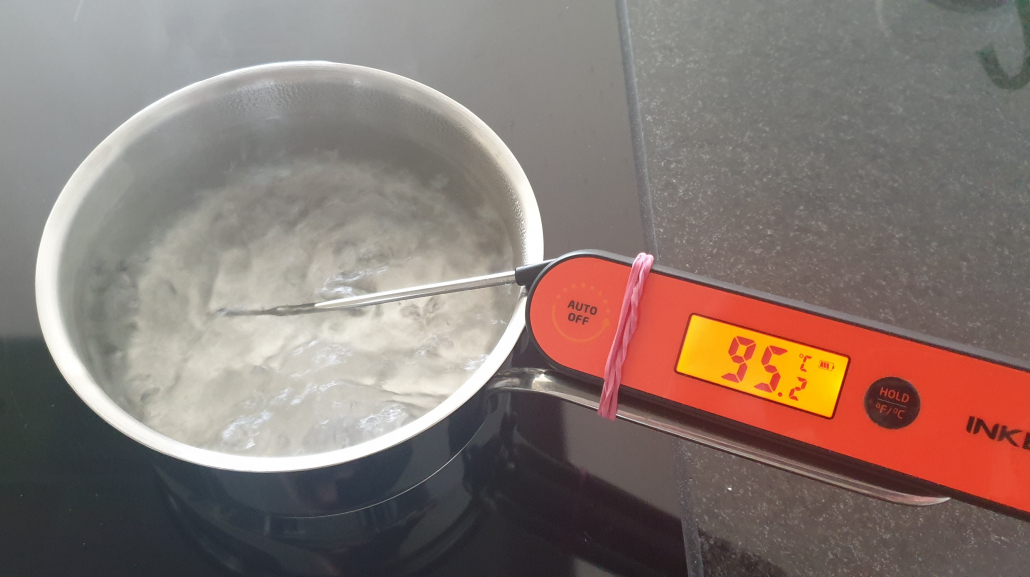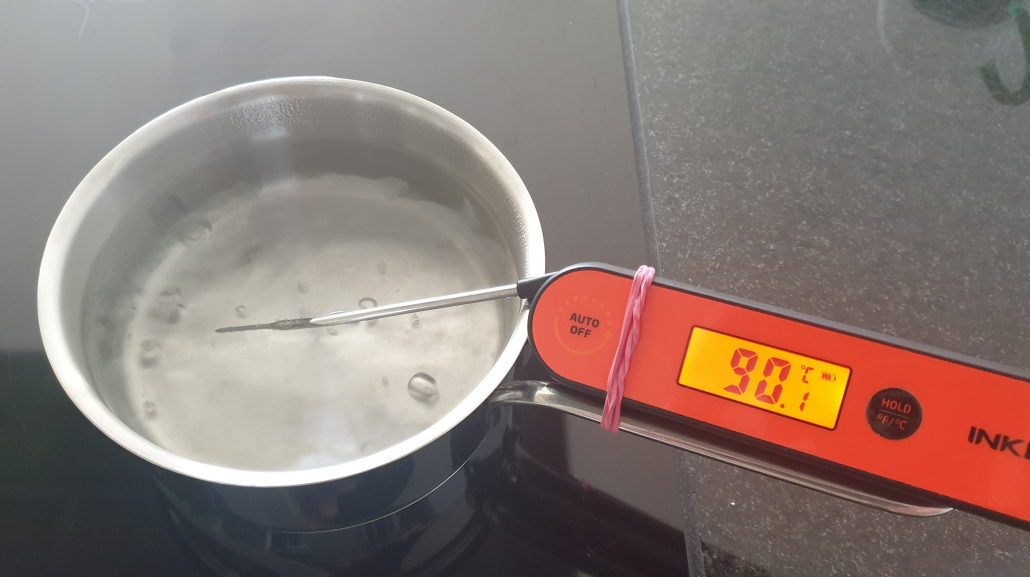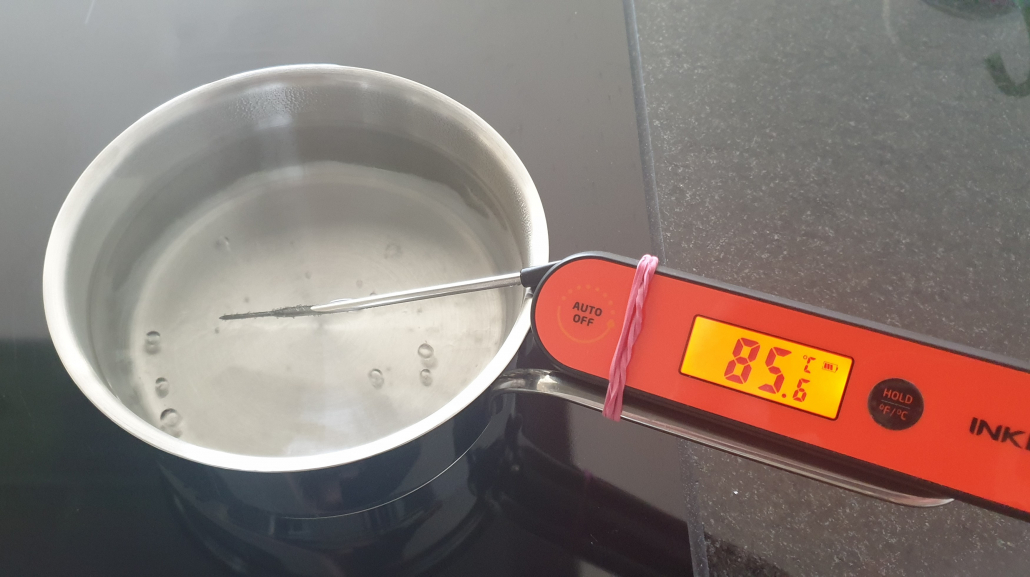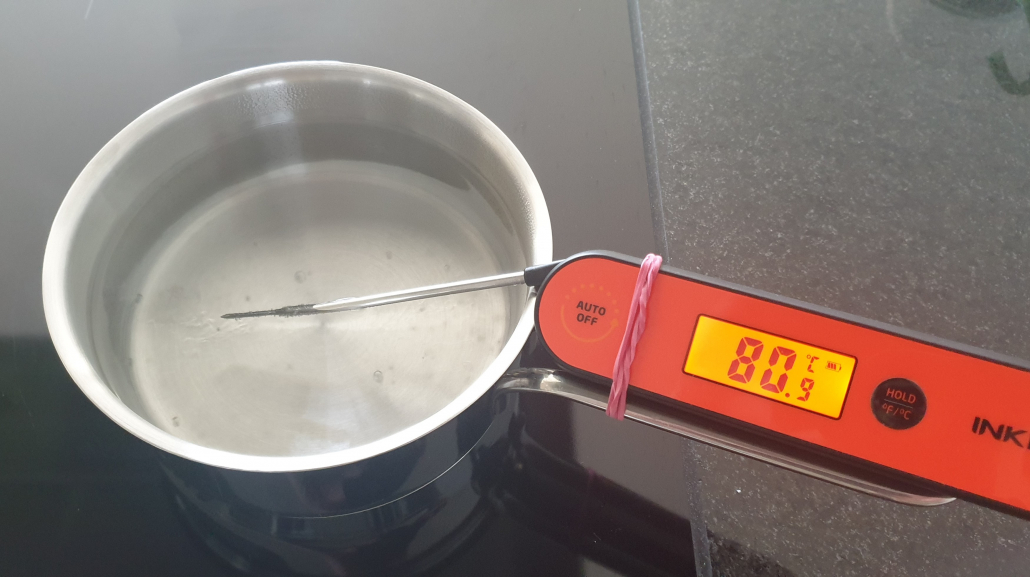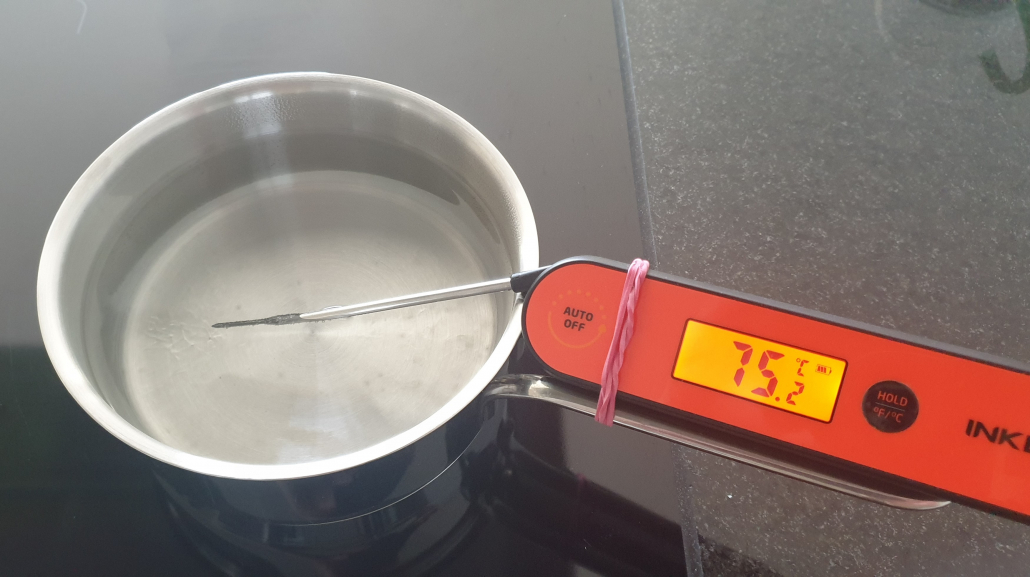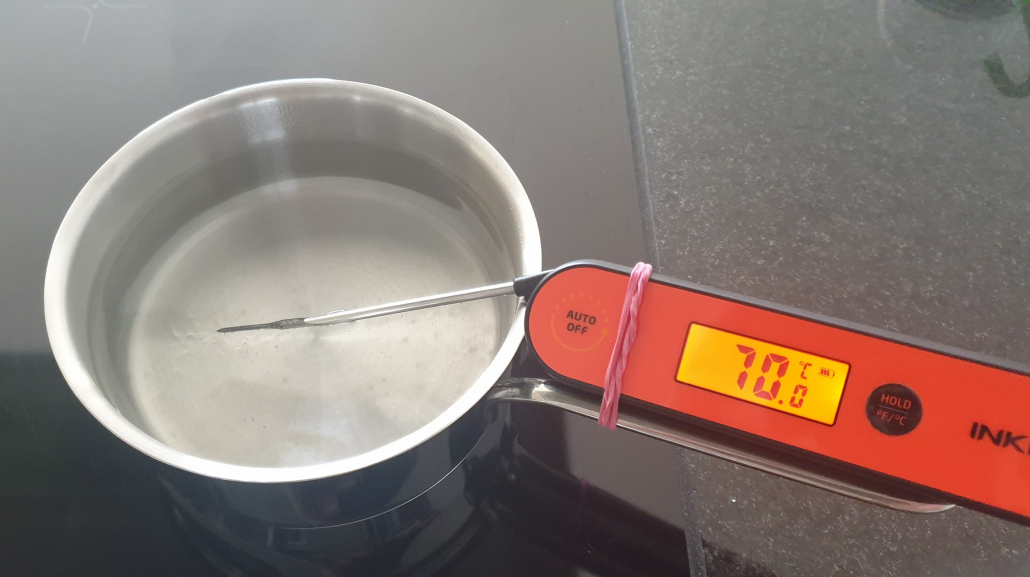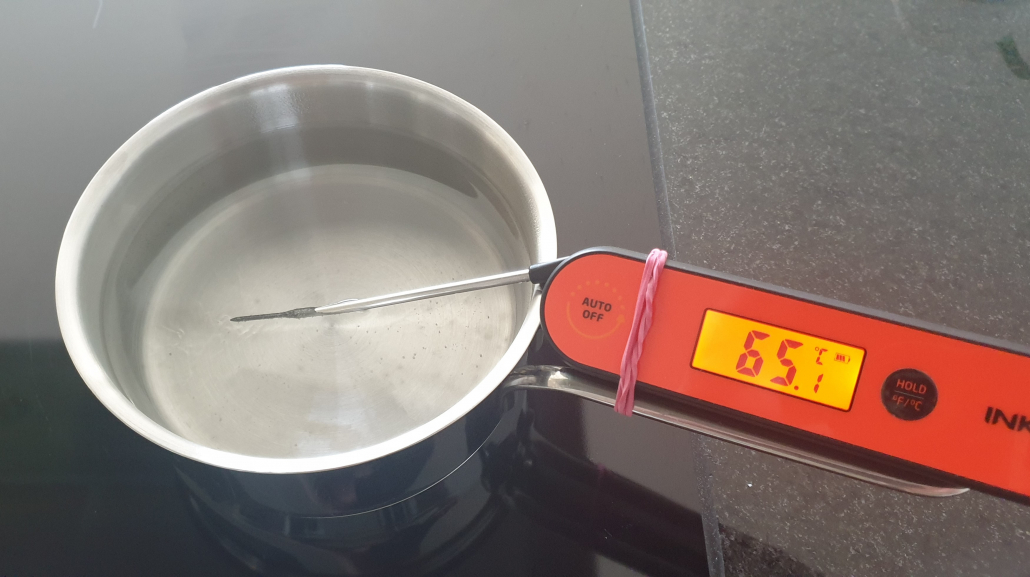When brewing tea, hot water temperature is just one of three aspects you should always take into consideration:
-
-
- Amount of tea leaves required (grams)
- Brewing temperature (temp)
- Brewing time (time)
-
In some countries, people are more used to paying attention to the correct water temperature than in others. Unaware of this difference, a rather astonished tea drinker in Japan asked me, “Don’t you have one of these ?” while pointing at a Panasonic Electric Thermo Pot that dispenses hot water at the correct temperature in seconds. (Some of ‘these’ are equipped with cordless functionality, in-built ceramic filters, energy saving functions, spotlight, diamond fluorine coating, heat retention and possibly even a “healthy tea function”. There are even tourist models, because people who visit Japan are so likely to be mesmerized by these electronic gadgets, they will probably want to buy an electric tea pot, a rice cooker, a hair drier and / or a Japanese toilet seat. [Note that some visitors will have to consider their purchase more carefully as Panasonic specifically point out that “electronic bidet toilets can be used in mainland China only but not in Hong Kong, Macau, or Taiwan (?) ]. ).
In Switzerland (and this is in part due to the fact that we mostly drink black tea, which can simply be prepared with boiling water), we are not very much concerned with water temperature. Only those who regularly drink green tea or oolongs have thought about buying a kettle with temperature control. Most of those who do buy one, find that unseemly amounts of limescale build up very quickly. (For this reason, even tea lovers will usually refrain from making use of hotel room tea making facilities. Brrr…).
At home, and without either a kettle or one of the above fancy water preparation machines, this visual guide here helps if you have experience with shrimp eyes, crab eyes, fish eyes and pearls – and if you think in degrees fahrenheit.
Sadly, I don’t.
Someone suggested listening to the sound the water makes as it becomes hot. While descriptors such as “sound of the wind” or “the water makes a fluffy sound” may all have their merits, they are anything but easy to convey.
What does work rather well, however, are
It also pays to try out preparing the same kind of tea with various kinds of water. Some Chinese swear by fresh Huapo Spring water from the Dragon Well area in Hangzhou, Zhejiang Province, China; Lu Yu preferred water from the Yangtze River (more than a thousand years ago; that’s what I’d definitely call a different kettle of fish), while other tea aficionados prefer certain types of bottled water (Click here for a fascinating bottled-water tea comparison). Distilled water is “dead water” and always produces astonishingly flat tea. Brita filtered water, however, is an excellent alternative to tap water as it appears to extract just the right kinds of undesired molecules and thus gives your tea a highly agreeable flavour profile. [For a several-year-old Brita filtered water video, click here / For updated research by Jane Pettigrew, click here / For a video that shows the difference in a cup, click here (But, please, use a nice loose tea when you try this at home).].
100°
(Roaring boil and massive amount of steam)
95°
Roaring boil (Aka rope of pearls)
90°
Bubbles of quite some size
85°
Bubbles (Aka fish eyes)
80°
Small bubbles (Aka crab eyes)
75°
Tiny bubbles (Aka shrimp eyes)
The step from 70° to 75° happens quickly on my stove. Thus, 75° is really 70° plus a few seconds.
70°
Visually, I cannot tell the difference between water at 65° and 70°. However, the pan starts making a noise I do not hear until it reaches about 70°. Thus, for sencha teas, this works as an excellent indicator.
65°
To me, water at this temperature bears no visual indication whatsoever.
